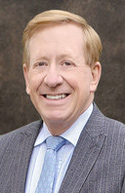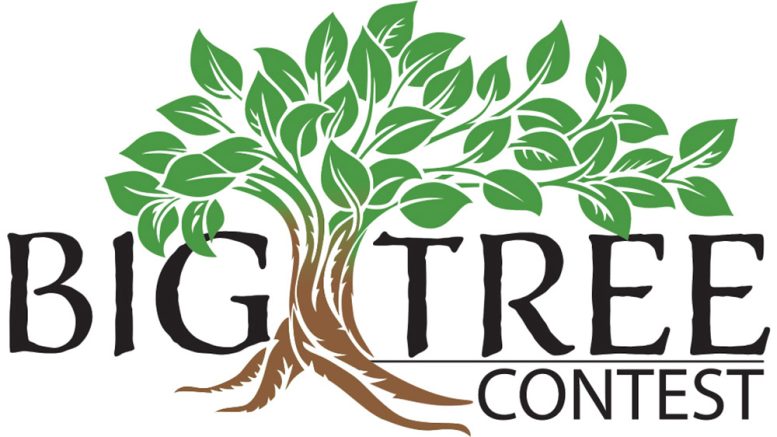City launches contest to discover who has the largest tree in celebration of Arbor Day
Get out your measuring tape … it’s time to find the biggest tree in the city of Carmel!
The second annual Big Tree Contest, sponsored by the city’s Urban Forestry Committee as part of the observance of National Arbor Day, challenges local residents to find the biggest tree in their yard and measure it to see if it stands tall among all the other trees in the city.

Brainard
“Carmel has been recognized as a Tree City USA for 29 years, including winning the Governor’s Award for Environmental Excellence in 2018 for our Urban Forestry Program,” said Mayor Jim Brainard. “We take our mission of planting and maintaining a street tree inventory of more than 33,000 trees very seriously.”
Contest entries will be accepted April 1 to 30 from Carmel residents to determine the biggest tree in 13 different species categories: Ash, Beech, Birch, Cottonwood, Elm, Hackberry, Honeylocust, Maple, Oak, Sweetgum, Sycamore, Tulip, and Walnut/Hickory. Winners in each category will receive a $50 gift card.
Submissions may be sent to bigtree@carmel.in.gov.
Please include the contestant’s name, property owner’s name (if different), location of the tree, tree species and circumference. Winners will be chosen by the Urban Forestry Committee and will be showcased at the May 6 Carmel Farmers Market. On that day, you can also visit the Carmel Urban Forestry booth where we will be giving away free tree seedlings along with information on how to care for your trees.
The city employs four full-time staff members dedicated to urban forestry and contracts with several companies to assist with tree planting and maintenance. Carmel’s forestry staff reviews each new development’s landscape plan to ensure the landscaping meets city standards and design. As Carmel regulates trees on newly developed properties, many trees are preserved because of the city’s low urban density.
In addition to residential developments, the city has also strategically planted certain types of trees for its boulevard-style streets. An emphasis is given to designing them with trees and landscaping to create a future tree canopy. River Road, north of Main Street, is one of the first examples of this design. These trees were planted in the late 1990s and have for years provided a shaded roadway, lessening the heat island affect, which promotes a better environment.
Urban forestry combines three professional traditions: that of the arborist, whose focus of concern is the health of the individual tree; that of the landscape architect, who helps find the fit between natural environments and human needs, including the need for beauty; and that of the forester, whose specialty is the management of the whole forest and its entire life cycle.
For more information, visit CarmelUrbanForestry.com and see how to measure your tree on the city’s YouTube channel by clicking here.

